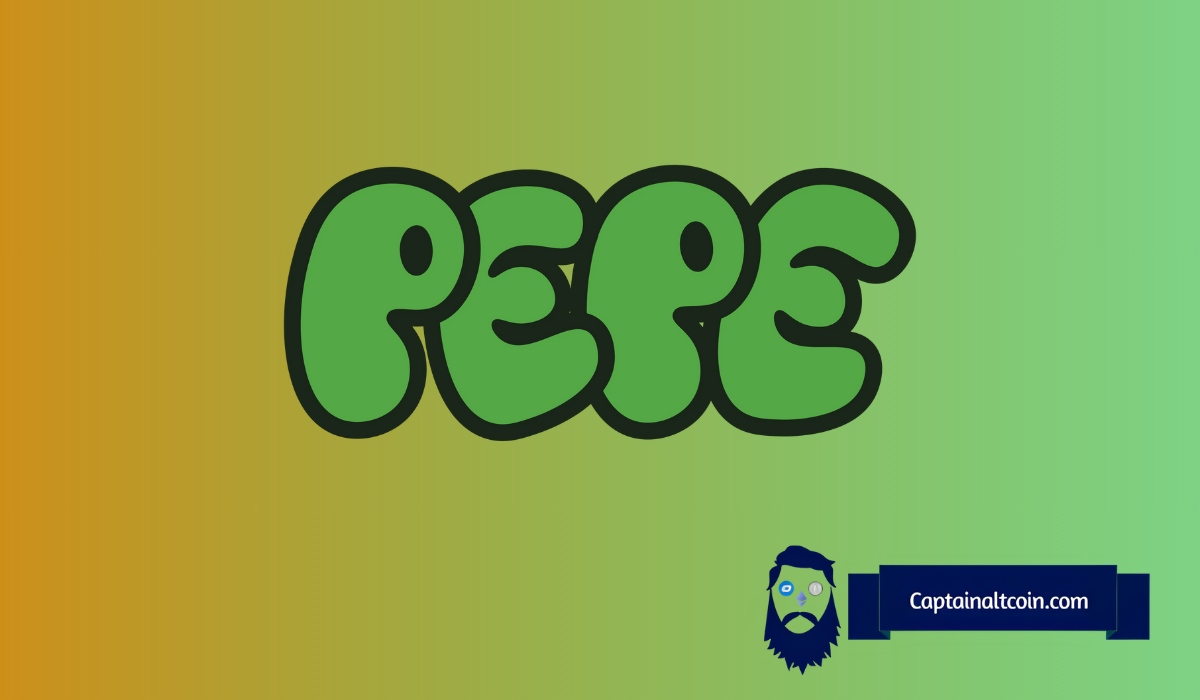Consumer Spending May Be up, but so Is Household Debt and Credit Loans
The stock market and consumer spending may be up, but so is household debt.
A new report from the Federal Reserve Bank of New York shows total household debt has risen to $18.39 trillion when adjusted for inflation — that figure is about $1.05 trillion less than the all-time peak in the last quarter of 2008. Around 4.4% of household debt is at some stage of delinquency, a percentage that the bank’s researchers called “elevated.”
Credit card balances have also risen to match last year’s all-time high, to a collective of $1.21 trillion, up 2.3% from the previous quarter.
“This quarter’s flow of household debt into serious delinquency was mixed across debt types, with credit card and auto loans holding steady, student loans continuing to rise, and mortgages edging up slightly,” Joelle Scally, Economic Policy Advisor at the New York Fed, said in a statement.
The report comes as the economy is giving mixed signals, with the full impact of the Trump administration’s tariffs remaining to be seen. While the stock market continues to be strong and consumer spending saw a 0.3% increase in June, employment is weakening, and inflation is inching up.
Reports from other financial research agencies also show rising debt and potential financial distress in certain sectors of borrowers.
A WalletHub report on Tuesday shows household debt increased by $28 billion during the second quarter of 2025, which was nearly six times the increase in the same period in 2024.
A separate Q2 report by Equifax also detailed that while delinquency rates haven’t spiked overall, strain is beginning to show in borrowers with less-than-ideal credit scores as they take up a growing share of bank loans. Compared to May 2021, when pandemic stimulus and a pause on student loan payments freed up funds for “subprime borrowers” to finance their bank cards, the share of bank loans that those with lower credit scores are responsible for has seen a 50.9% increase.
“At the surface level, our second quarter data showed that consumers are continuing to spend and avoid delinquency,” wrote Tom O’Neill, Market Pulse Advisor at Equifax, in the report. “However, there’s a growing K-shaped split in the consumer landscape, with subprime borrowers falling behind.”

